Our History
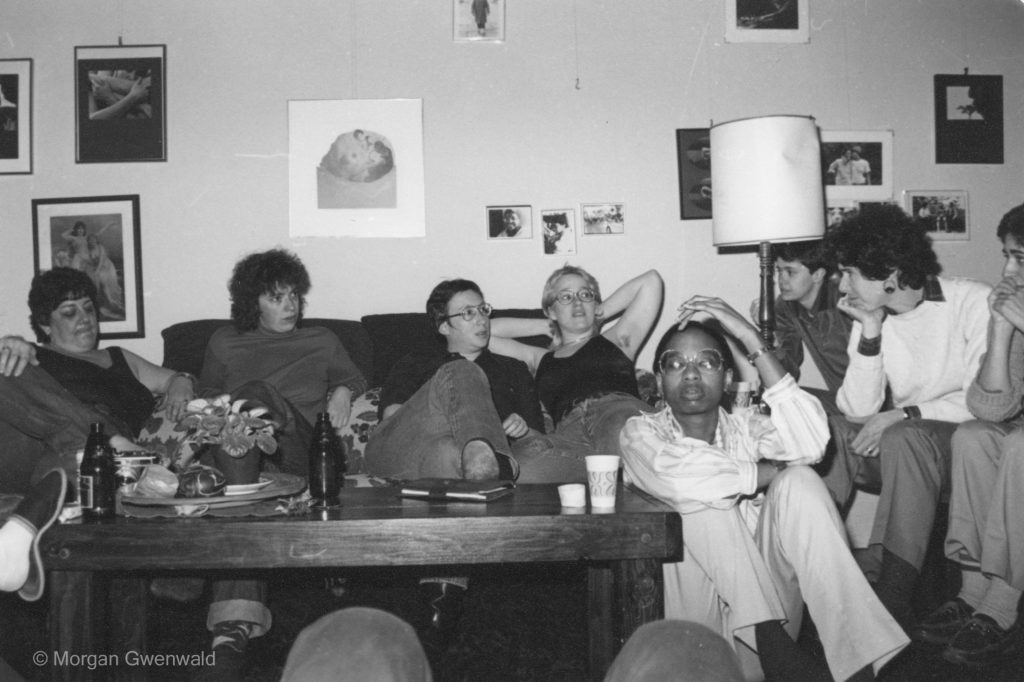
Who We Are
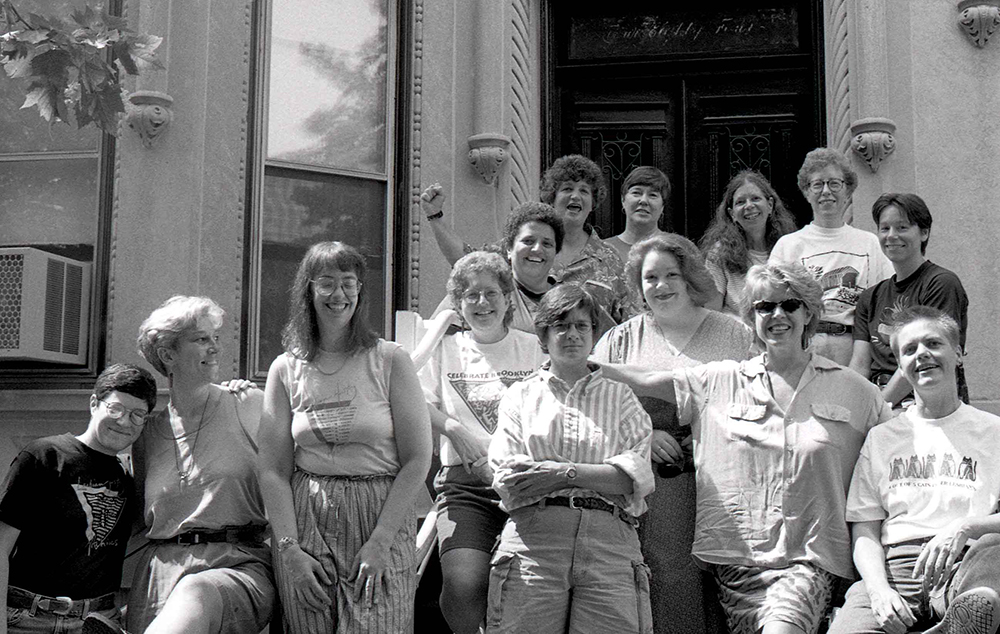
Why We Exist
The Lesbian Herstory Archives exists to gather, preserve and provide access to records of Lesbian lives and activities. Doing this also serves to uncover and document our herstory previously denied to us by patriarchal historians in the interests of the culture that they served. The existence of the Archives will thus enable current and future generations to analyze and reevaluate the Lesbian experience.
There is no room for hatred or bigotry at the Archives. We have always had, and continue to have, an expansive and inclusive understanding of Lesbian. We have worked to preserve for the future the complexity of who we were and who we are. We honor and stand on our history that has always included, and continues to include, lesbian women, butches, femmes, cross dressers, passing women, and those who are trans, two spirited, same-gender-loving, as well as others, all of whom at times were, and still can be, made to feel unwelcome in the world by others, sometimes even by other Lesbians.
It is critically important to us that all—in the most diverse and expansive understanding of the complexity of who we are—feel accepted and welcomed at the Archives not disrespected or excluded. All have been and remain an important part of our community history, contributing to the building of our world.
This has been the Lesbian Herstory Archives position since its inception and continues to be our position.
Record Your Experiences!
We encourage Lesbians to record their experiences and to donate to the Archives any materials that are relevant to their lives. We collect:
- books
- magazines
- journals
- news clippings (from established Feminist and Lesbian media)
- bibliographies
- photos
- herstorical information
- T-shirts
- tapes
- films
- diaries
- oral herstories
- poetry and prose
- biographies
- autobiographies
- notices of events
- posters
- graphics
- zines
- unpublished papers
- organizational records
- memorabilia and references to our lives
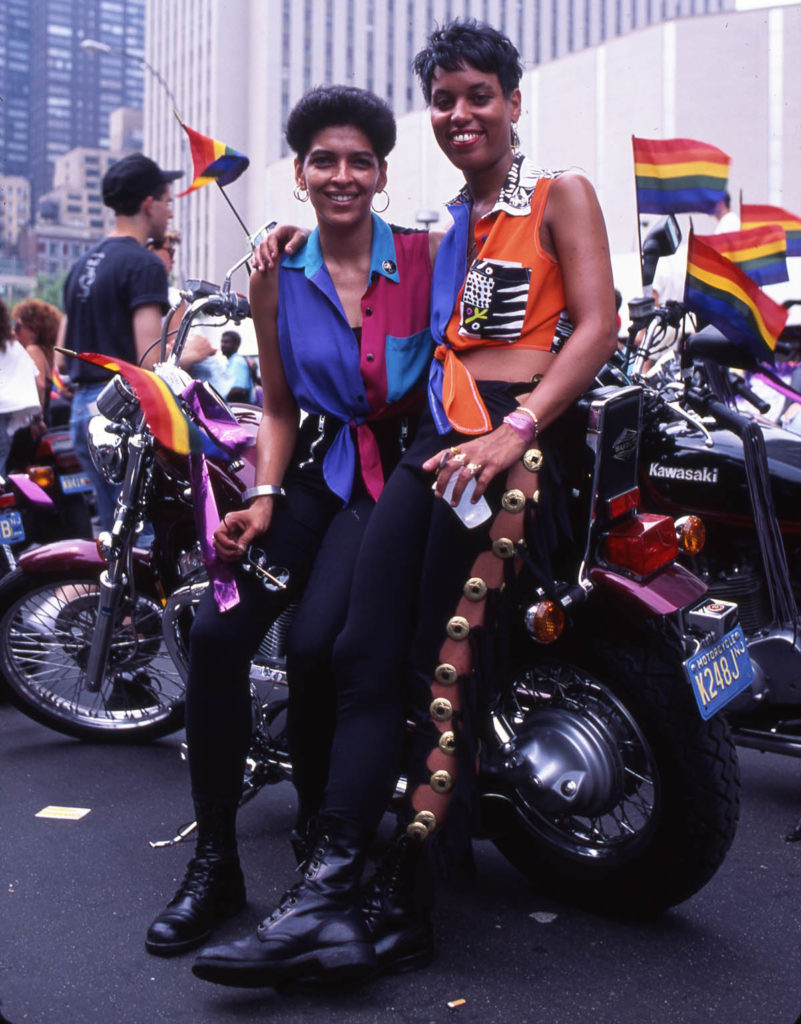
The existence of these Archives will enable us to formulate our living herstory and to create an archive representing a diverse range of Lesbian lives and cultures.
Principles
We encourage Lesbians to record their experiences and to donate to the Archives any materials that are relevant to their lives. We collect books, magazines, journals, news clippings (from established, Feminist and Lesbian media), bibliographies, photos, herstorical information, T-shirts, tapes, films, diaries, oral herstories, poetry and prose, biographies, autobiographies, notices of events, posters, graphics, zines, unpublished papers, organizational records and other memorabilia and references to our lives.
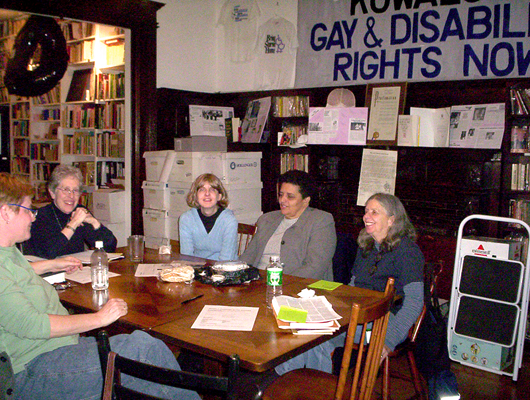
—The Archives collects material by and about all Lesbians, acknowledging changing concepts of Lesbian identities. All expressions of Lesbian identities, desires and practices are important, welcomed and included. The goal is to document the widest range of Lesbian experience from all geographic, cultural, political and economic backgrounds and historical contexts, not just the lives of the famous or the published.
—The Archives welcomes all to come visit, explore the collections and do research. No fee for this use is charged. Gender identity, sexuality, race, ethnicity, class, religion or dis/ability will never be barriers for use of the Archives collection.
—The Archives shall be involved in the political struggles of all Lesbians.
—The Archives is an all-volunteer organization, collectively run, with the coordinators making policy decisions by consensus.
– Archival skills are taught one generation of Lesbians to another, breaking the elitism of traditional archives.
–The Archives is funded by individual Lesbians, LGBT and feminist organizations, allies and nongovernmental funding sources.
–The Archives is and will remain an independent entity housed in its own building in the community, not on an academic campus.
–The Archives will never be sold, nor will its contents ever be divided.
–The Archives is committed to the political struggles of all Lesbians and their communities.
–The Archives is dedicated to building intergenerational bridges among Lesbian communities to deepen the understanding of what Lesbian experiences mean in different contexts and in different historical periods.
(Revised Spring 2019)
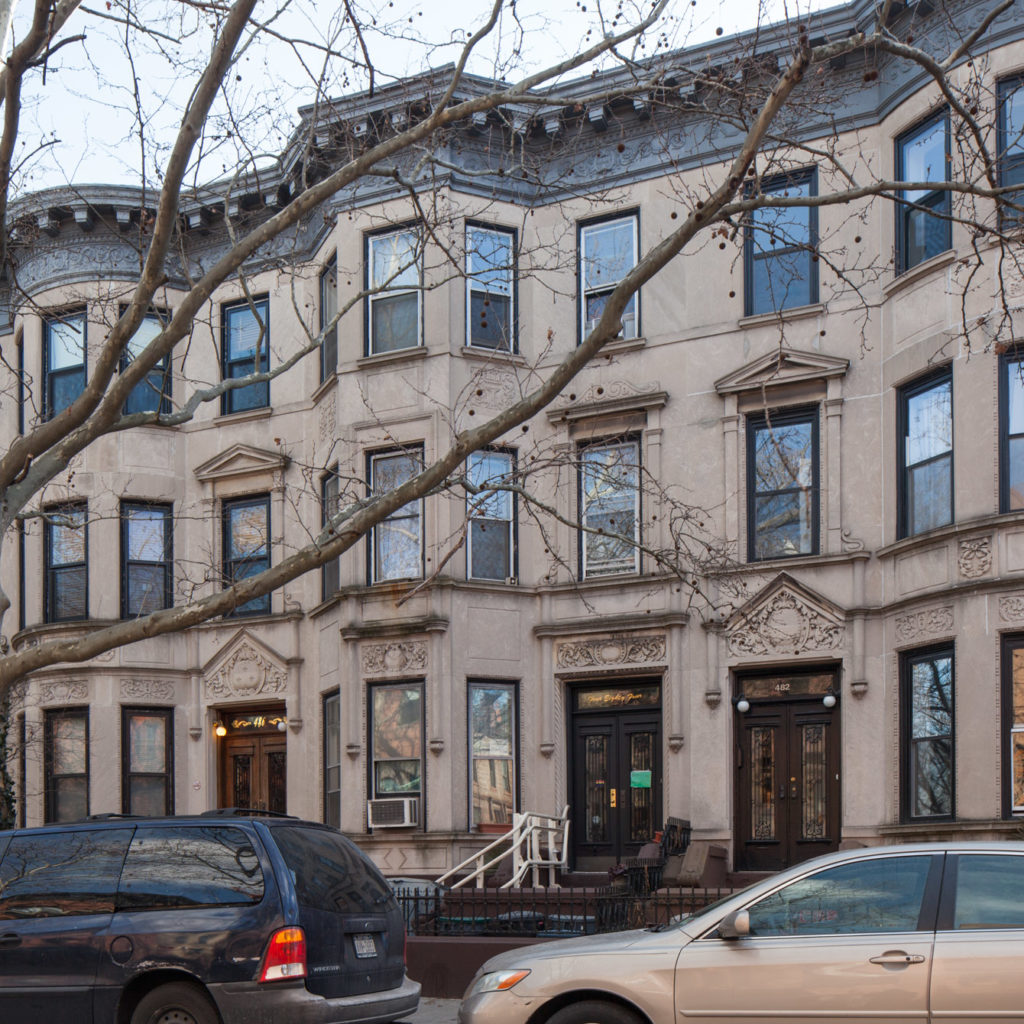
On this Website
On this website you will see the ever-growing face of the archives, the work of tireless coordinators and volunteers who make all possible, and of the continuing donations, both financial and material, of our communities. The Archives coordinators hold this building and its contents in trust for our communities, which is of our highest priority.
We invite you to use us, to visit us in whatever way you can. In the future we hope to make the contents of our collections accessible on the internet. But someday, if you can, make your way to the old table in Brooklyn around which so many of us have dreamed and planned and acted, refusing the ignorances of our times.
Christopher D. Brazee/NYC LGBT Historic Sites Project, 2016.